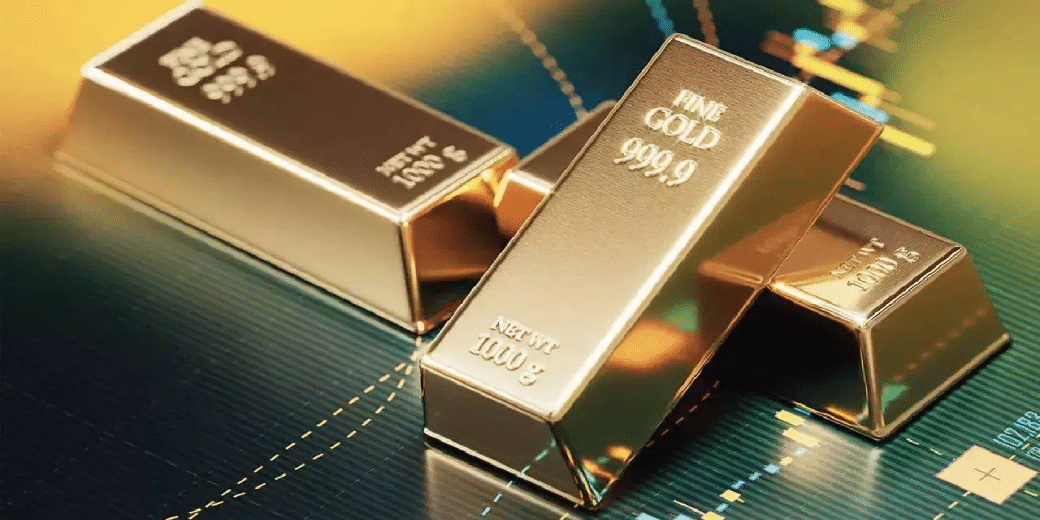The Role of Commodities in Your Investment Portfolio
Stocks and bonds often take center stage in investment discussions, commodities like gold and silver play a crucial role in diversifying your portfolio.

Diversification is a fundamental principle of investing. A well-diversified portfolio can potentially help manage risk and enhance returns. While stocks and bonds often take center stage in investment discussions, commodities like gold and silver play a crucial role in diversifying your portfolio.
Understanding the Role of Commodities
In India, SEBI allows Mutual Funds to invest in commodities like Gold and Silver. Unlike stocks and bonds, commodities are physical assets, making them a unique asset class. As a result, they offer diversification benefits to an investment portfolio.
Commodities typically exhibit a low correlation with traditional asset classes such as stocks and bonds. (refer to graph 1) This means that the price movements of commodities are often unrelated to those of other investments. When stocks and bonds are underperforming or experiencing volatility, commodities can provide a valuable hedge. By including commodities in the portfolio, investors can potentially reduce overall portfolio volatility, as their performance tends to be independent of the broader financial markets.
Source: MFI-360, as on 30th September 2023. Equity as an asset class is represented by Nifty 50 TRI, debt as an asset class has been represented by ICRA Composite Index and for Gold Daily Prices as per ICRA MFI-360. Disclaimer: Past performance may or may not be sustained in the future.
Over the long term, commodities like gold and silver, have a historical track record of acting as effective hedges against inflation. In times when the purchasing power of currencies declines due to rising inflation rates, the value of these commodities often experience an upswing. This rise in value acts as a shield, helping to preserve your wealth against the erosive effects of inflation.
ETFs: A Convenient Investment Vehicle
Investing in commodities such as gold and silver presents logistical complexities like storage and insurance expenses. Exchange-Traded Funds (ETFs) offer a practical remedy to these challenges. Gold and silver ETFs provide exposure to these precious metals without the challenge of physical ownership. Instead of holding tangible bars or coins, investors possess ETF units, representing fractional ownership in the underlying assets. This structure facilitates effortless trading of ETF units on the stock exchanges, similar to conventional stocks. Moreover, these ETFs are designed to closely mirror the price movements of gold and silver, making them effective instruments for capitalizing on commodity price appreciation.
Gold & Silver ETF
Gold ETF serve as a convenient channel for investors to access gold’s enduring allure as a store of value. Integrating gold ETFs into your portfolio can temper the overall portfolio risk given its weak correlation with other asset classes. Investors can purchase gold units and hold it in a demat account without having to worry about the challenges associated when holding physical gold.
Similarly, silver ETFs grant exposure to the versatile metal with a rich history encompassing both currency and value preservation. Silver possesses a distinctive attribute owing to its industrial applications, spanning electronics, solar panels, and more. This industrial demand for silver bolsters the appeal of silver ETFs, as they encompass not only investment but also industrial demand exposure, potentially amplifying the metal’s versatility. Although silver’s price dynamics are more volatile than gold’s, they offer opportunities for price appreciation, and silver ETFs empower investors to capitalize on these price fluctuations. Additionally, silver’s reduced correlation with traditional assets makes it an appealing diversification tool for portfolio, enhancing comprehensive risk management. By incorporating silver ETFs into your investment strategy, you can harness the potential of this multifaceted precious metal.
To conclude, commodities like gold and silver play a vital role in diversifying your investment portfolio. Gold and silver ETFs provide a convenient way to access these precious metals without the challenges that come with physical ownership. However, like any investment, it is crucial to conduct thorough research, assess your financial goals, and consider your risk tolerance before adding commodities ETFs to your portfolio.